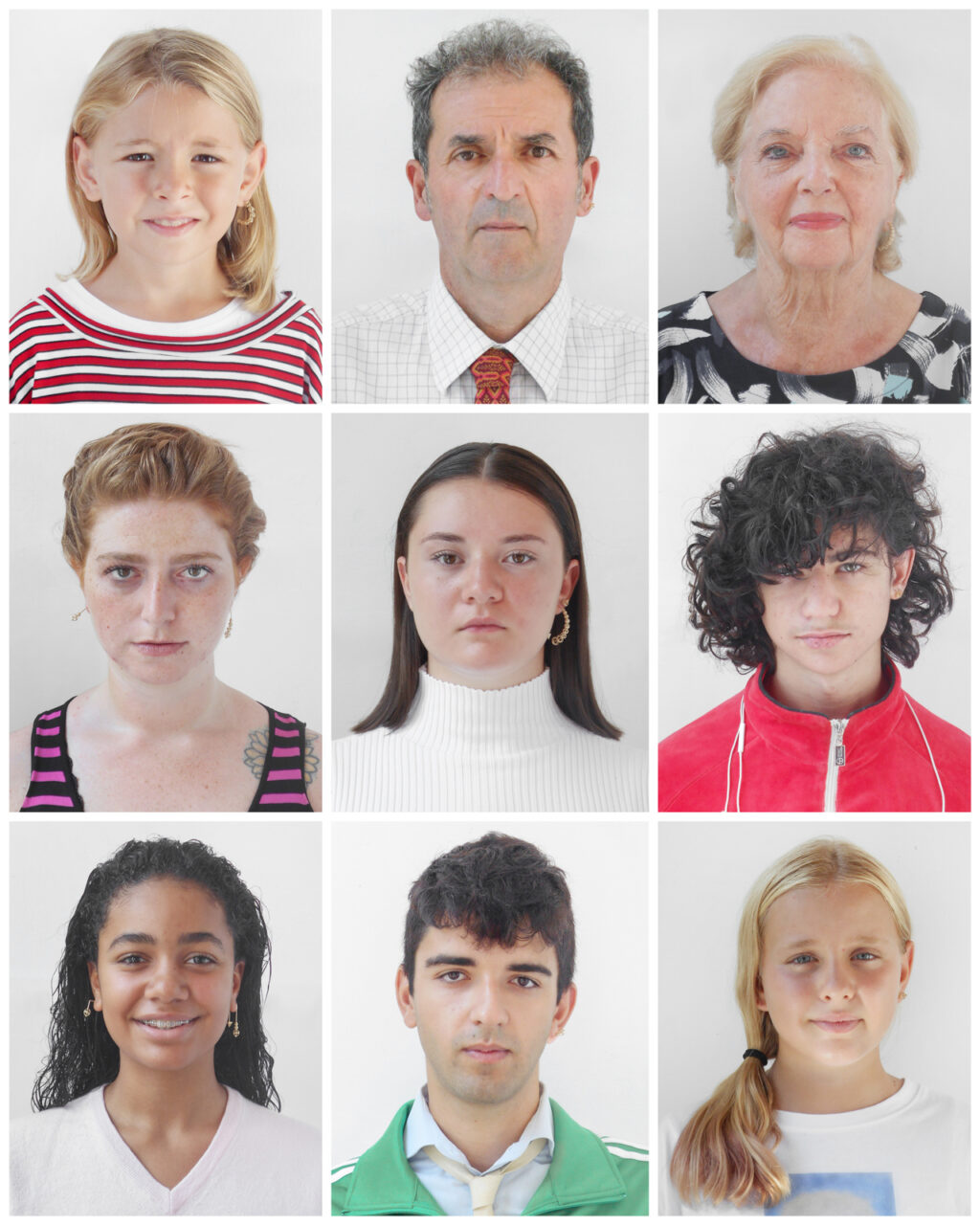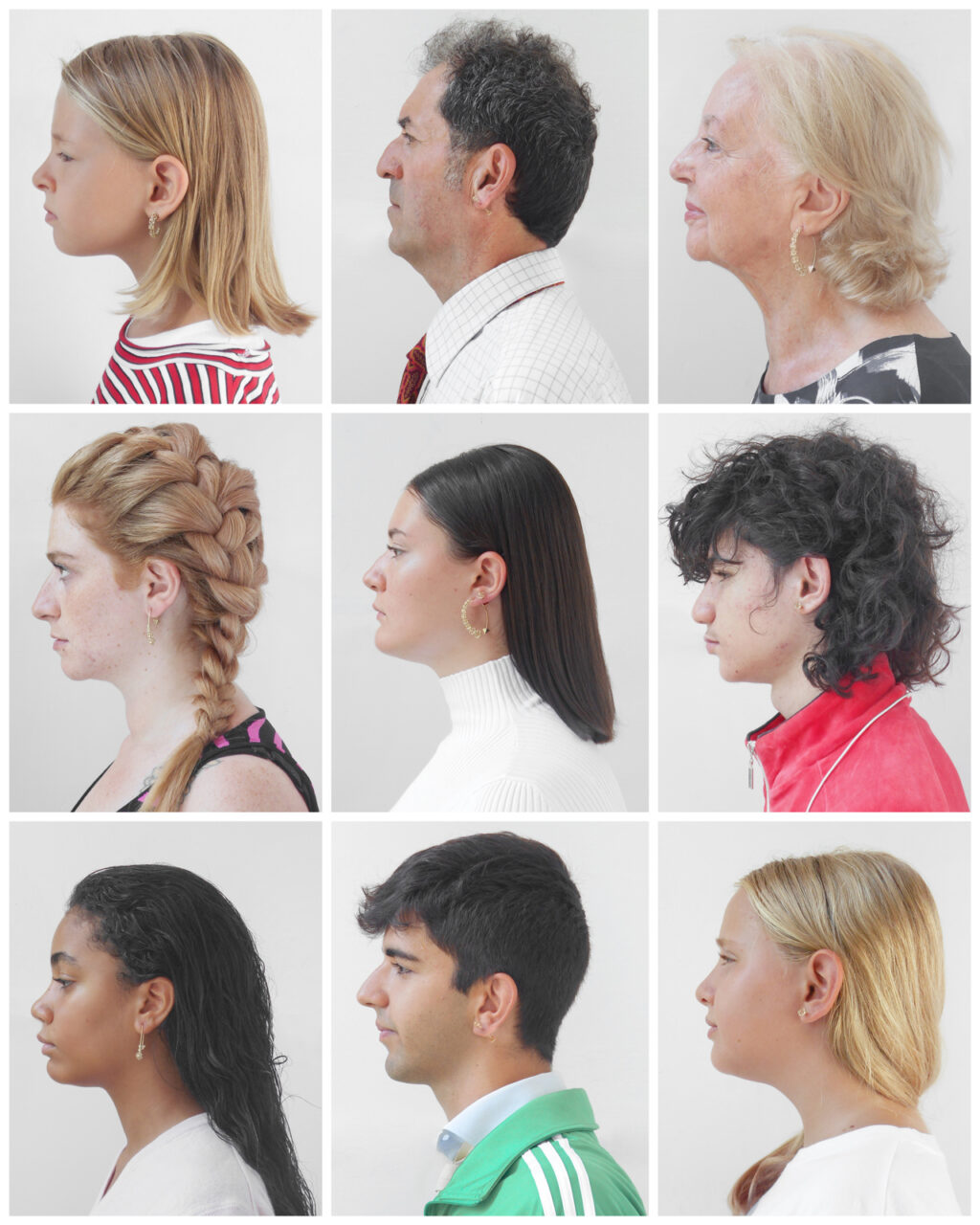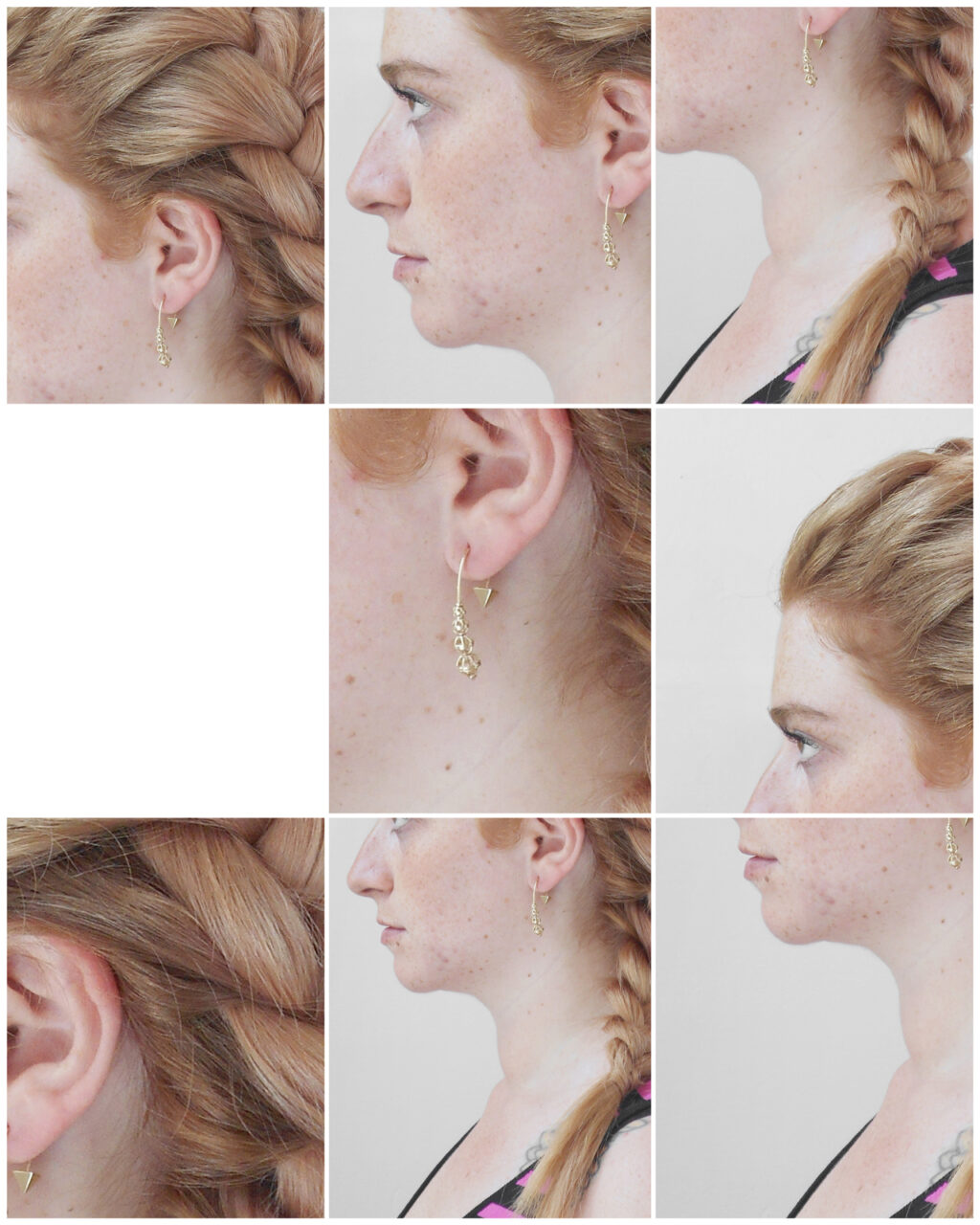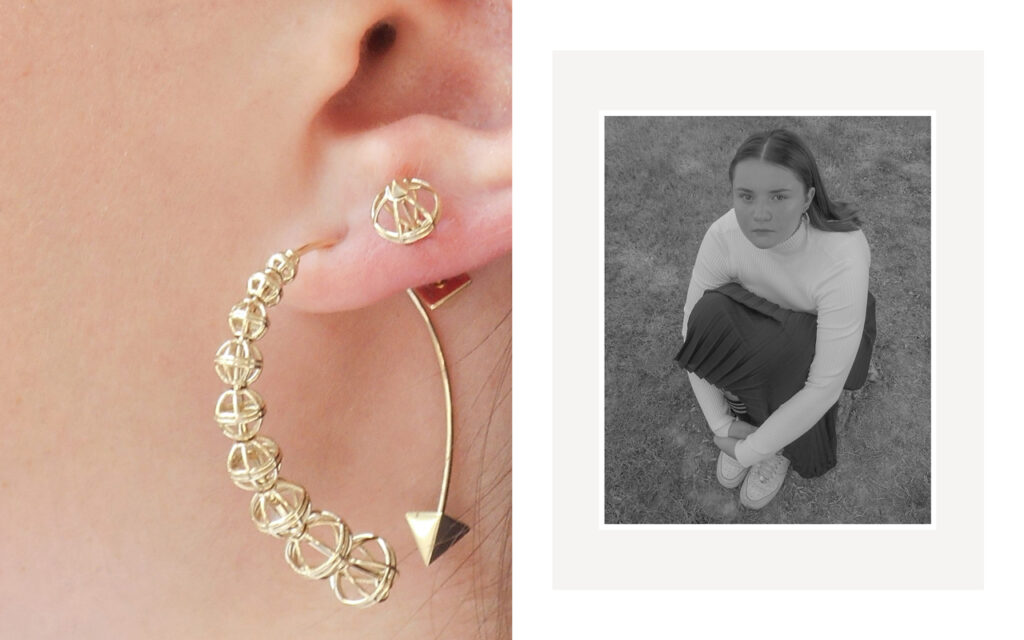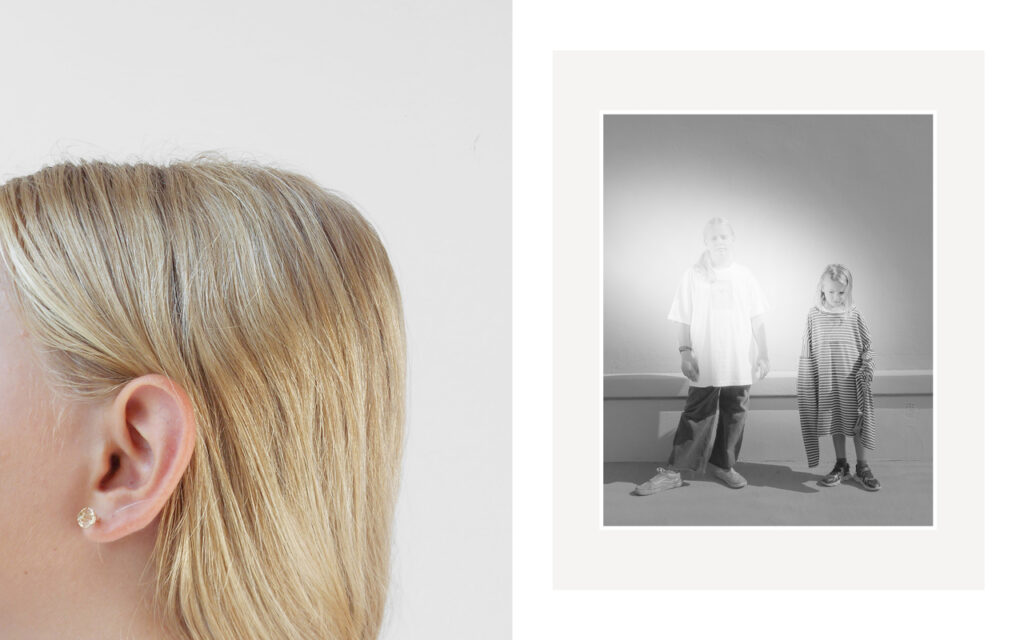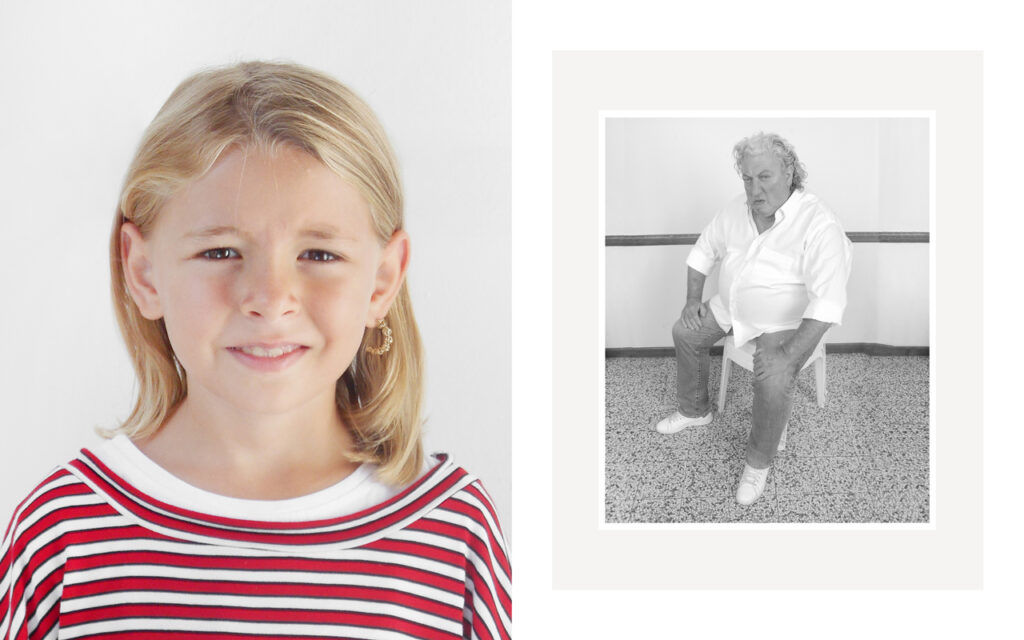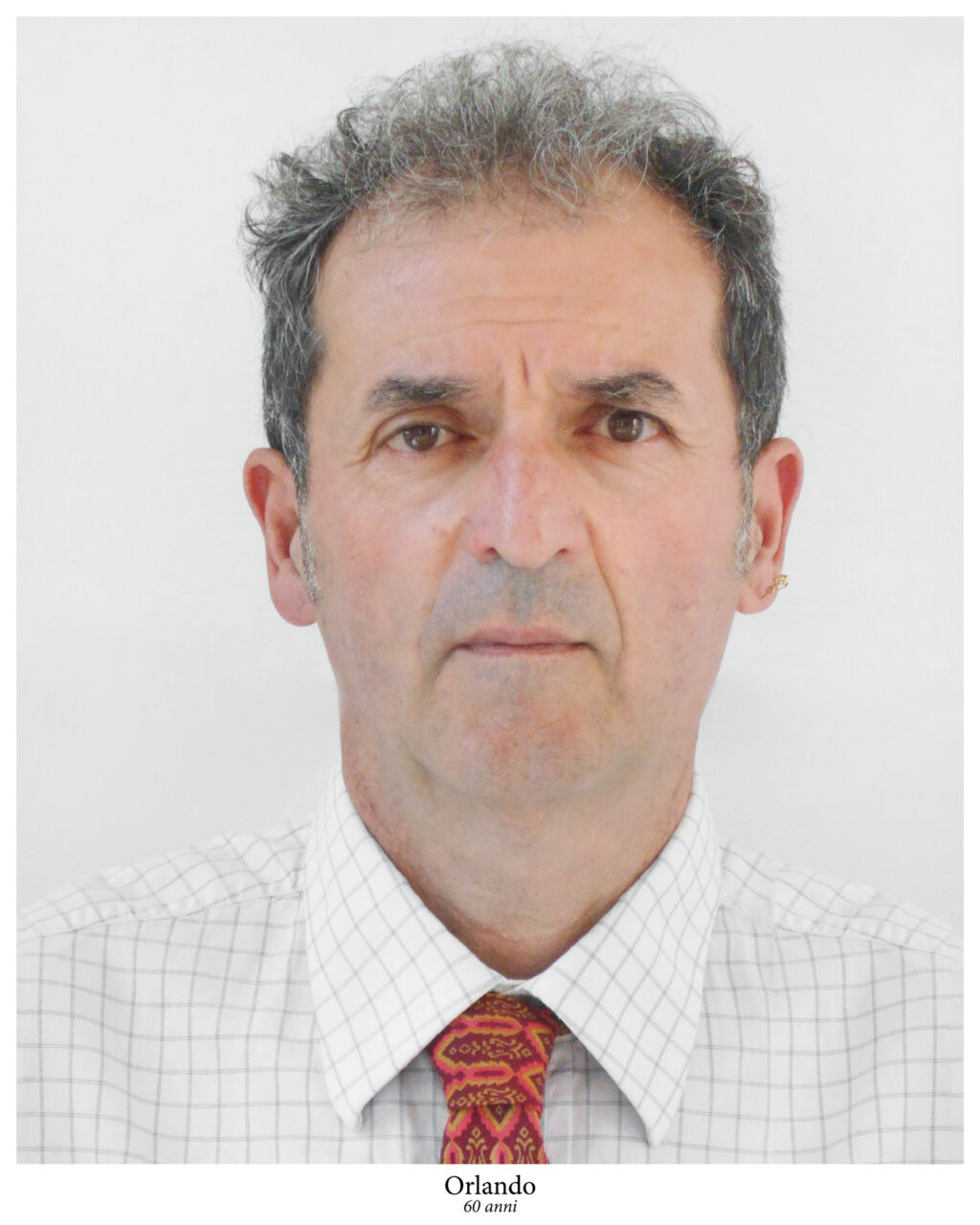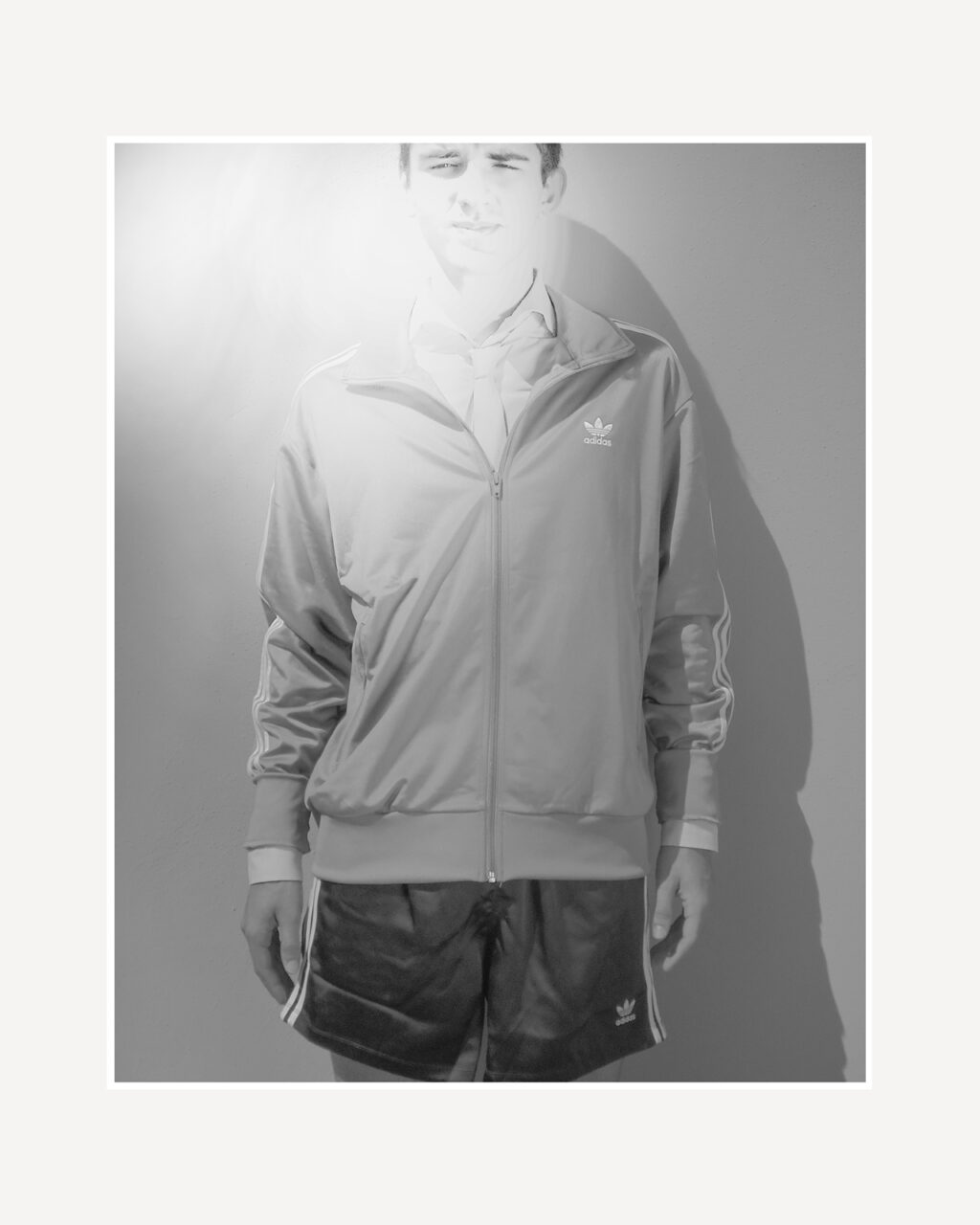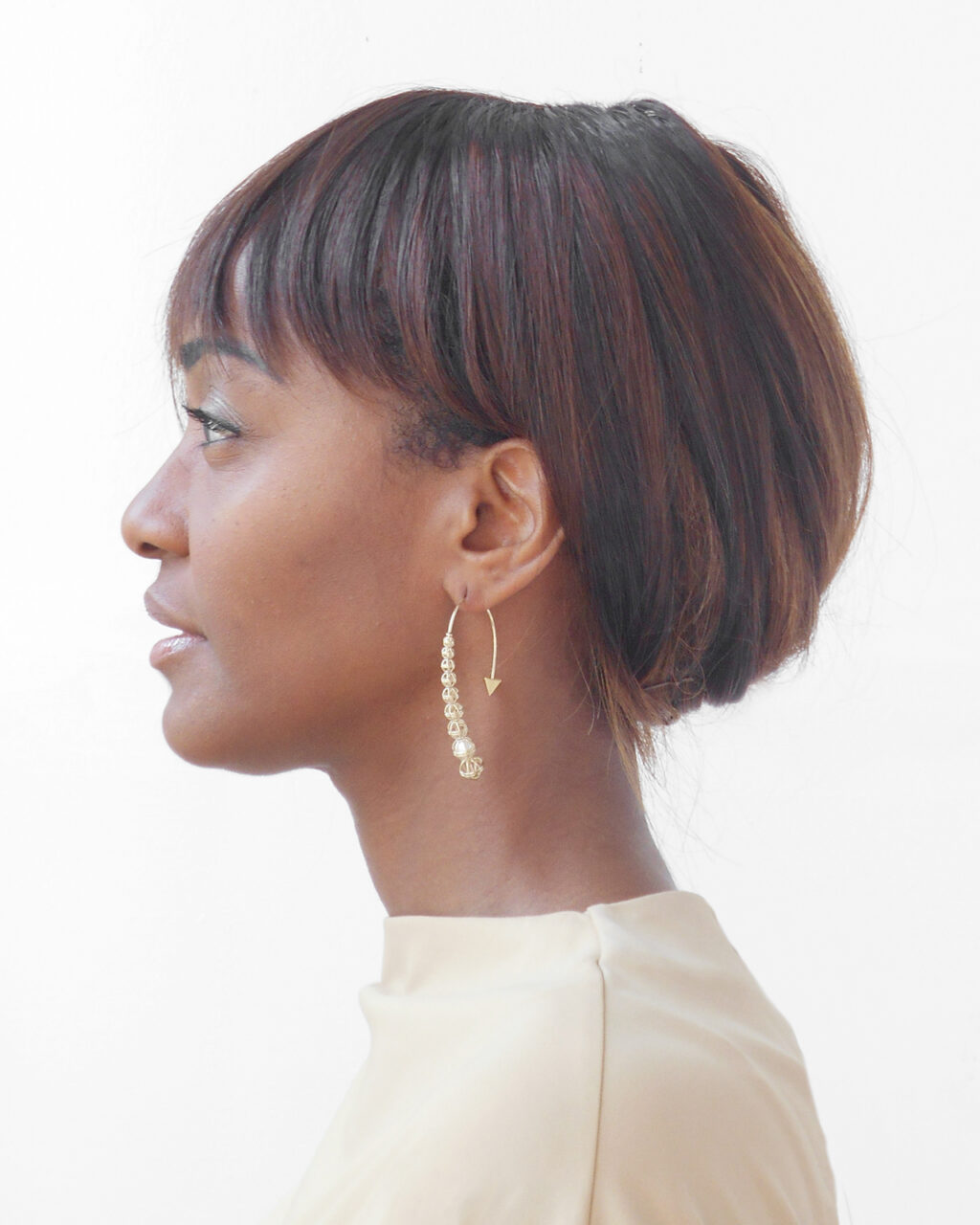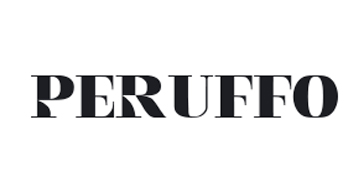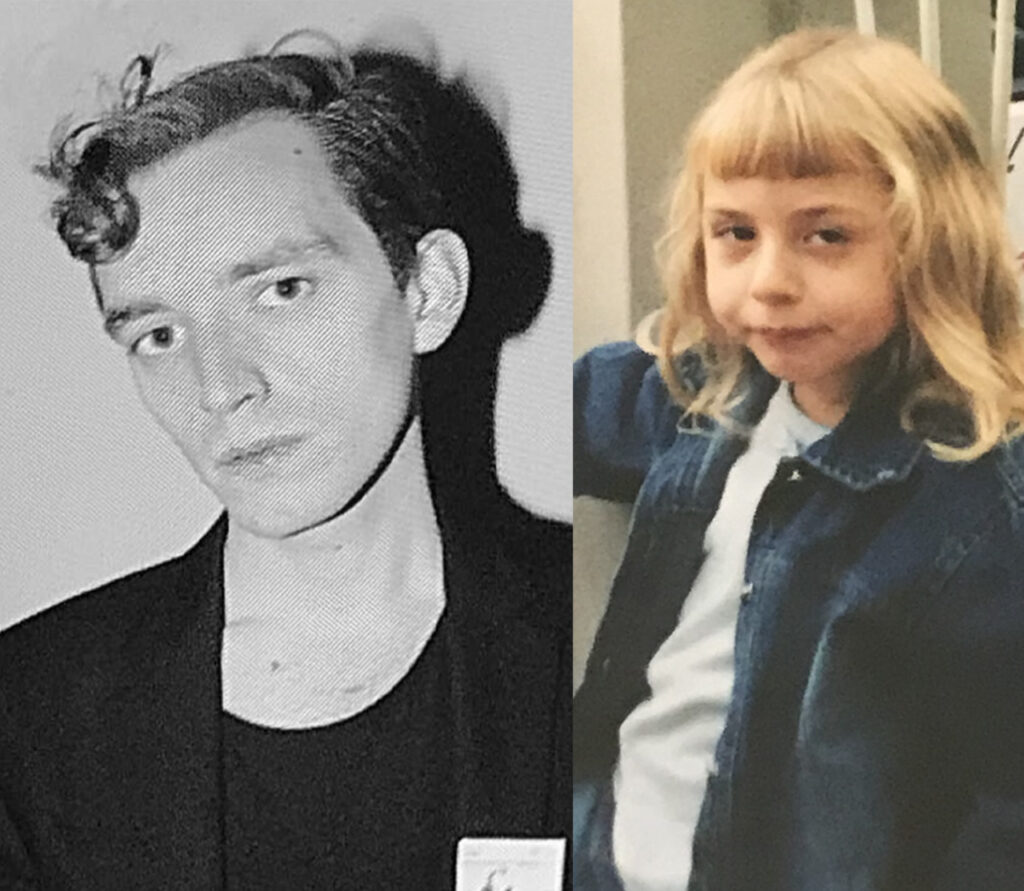
A young photographer, Gabriele Rosati, and a young stylist, Giulia Parenti, share their creative universe with Peruffo Journal on the occasion of the launch of their last project, “Archivio di Persone”. A tale made out of faces and stories besides Ink_Capsule 1, the latest capsule by Peruffo Jewelry.
How do you think you can fully express yourself?
Gabriele Rosati: Working. Researching, working and talking. Yes, I think these are the ways that allow me to fully express myself. It’s a mix of needs that do not come from an aesthetic or demonstrative longing, but it’s more an urgency that springs from something which is extremely intimate, personal, almost private, that beats and pushes me to do. It’s one of the things that make me feel alive.
Giulia Parenti: Images are the tools that, since ever, make it easier to me to express myself, I’ve always found that they are more complete than words.
If you had to choose a symbol to represent yourself, what would it be?
GR: The sky.
If you could subvert the rules, which law would you overturn?
GR: I would definitely love to go everywhere, without ever being frightened. And I would also like to smoke inside all clubs.
GP: More important than overturning rules, I think, is to reverse many dynamics that are imposed by society on many topics, and barriers. There are still too many preconceptions to destroy.
What is matter for you?
GR: Modigliani’s paintings.
Tell us about your most successful project and your personal way to design.
GR: “Ventidue Agosto”, my bachelor thesis. I don’t think we can talk about success, but this is for sure the project I invested the most in. I discovered myself thought it, I expressed the need to talk, without screaming. About me and my mum. About my homosexuality.
I always do a lot of research. I can spend days watching, looking for something that triggers me, trying to find something I don’t know and that could be interesting for me to know about.
I also adore collecting. Even samples of images or tests I did and that stand alone, not being elements of some projects, but that in some ways fascinate me. Then, maybe after months, I can also throw them away because I found or created something that is even more interesting and fascinating.
(I have 56 cards of old Italian families that I collected from flea markets stands all over Italy. I love to imagine their owners and which kind of “hands journeys” they underwent to end up there).
GP: I can’t really say which is my most successful project, probably I haven’t created it yet! In any case I don’t think I have a standard way to design since every time it’s a different and new project, each one is completely unlike and it comes from a need which is not the same as the previous one.
Talking about Archivio di Persone, what inspired you for the shooting you created for Peruffo?
GR: It simply comes from us, the people, the ones you grow up with. It comes from the beauty of normal things and people, from daily life, from the things that are around us. It also comes from my tiny country village.
GP: This project comes in the first place from Gabriele who involved me in its idea to create an “Archive of People”, and in the end I was absolutely absorbed by this topic. It has been really stimulating to develop this project together, and the process has been really genuine. From the visual research to the casting (which has been a fundamental step). I have to admit that the inspiration was drawn from the people themselves, every time we chose a person for a “role”, a brand new world was opening up, and so on.
Why did you choose to create a “human archive”?
GR: I always thought of the word archive as a wonderful one. Matching it with the adjective “human”, I felt that this concept exactly conveyed to me the sensation of collecting, preserving and taking care of something precious. And all those people are precious, everyone in his/her own way. It has been a mode to thank them. I love the dignity that every face carries on his/herself in this project.
GP: Having the chance to create a kind of collection of real people, connected only by the fact they were all wearing a piece of jewellery, has been very interesting also as an image researching exercise, also for the understanding of an object image. The faces collection has made it possible for the jewels to take on many different forms and languages; can the same piece of jewellery change its meaning when it is worn by a 8-year-old girl or a middle-aged man? I think so, or maybe not.
Why did you decide to organise the project in different categories?
GR: To give the project some dynamism. Storytelling-wise, we liked the idea of having every “section” intertwined with one another but at the same time that they could be independent. We tried to create a module through which the public could sense the story and the product, and also we would like them to have the possibility to choose between one or the other, if they wish to.
GP: We decided to split it into three main steps, that could help describing, as much as possible, the process behind the shooting realisation; from the comparison of the different categories to their cataloguing, to the macro-focus on their physical details, symbols, face features and expressions.
What do you think about collaborations? Is there someone you would like to collaborate with?
GR: Teamwork is essential. For everyone. From a human point of view, most of all. One of my role model artists is Anne Imhof. But also Paul Mpagi Sepuya. The list is extremely long.
GP: Collaborations in the creative field are always an opportunity for both parties; I would like to collaborate with many important creatives but also the idea of always looking for someone new, an emergent creative like me with whom I could establish an even exchange, and maybe also develop something that can really be new, is much more stimulating.
Tell us about a contemporary artist and a designer you find important and why.
GR: Anne Imhof, because she is human. She is real, and rough. She criticizes without screaming. She can get into the private sphere of all of us and then she makes you ask why. And I think this is the most important thing an artist can do. The Meier duo. They are poetic and real. I never perceived them as fake, I find them consistent and mature. They always trigger a reaction as well, but never overdoing. At least this is what they do to me.
GP: I think that a contemporary artist like Anne Imhof is a clear example of how performative arts and fashion can intertwine in many different and always new ways, experimentally but not trivially, and without preconceptions.
My favourite brand has always been Prada, which is able to create a perfect balance between rigour, minimalism, art and fashion.
A short-time project and a long-time one you would like to realise.
GR: I really hope to be able to develop everything I have. I hope to always know more things and to never stop discovering.
GP: I would like to create a well structured personal project that could be a work in progress along time, always updating itself, always developing and changing every time I will need it, something fluid that can be modified all along the years.
Gabriele Rosati
Instagram: @gabrielerosati_
Giulia Parenti
Instagram: @giu.rassic
